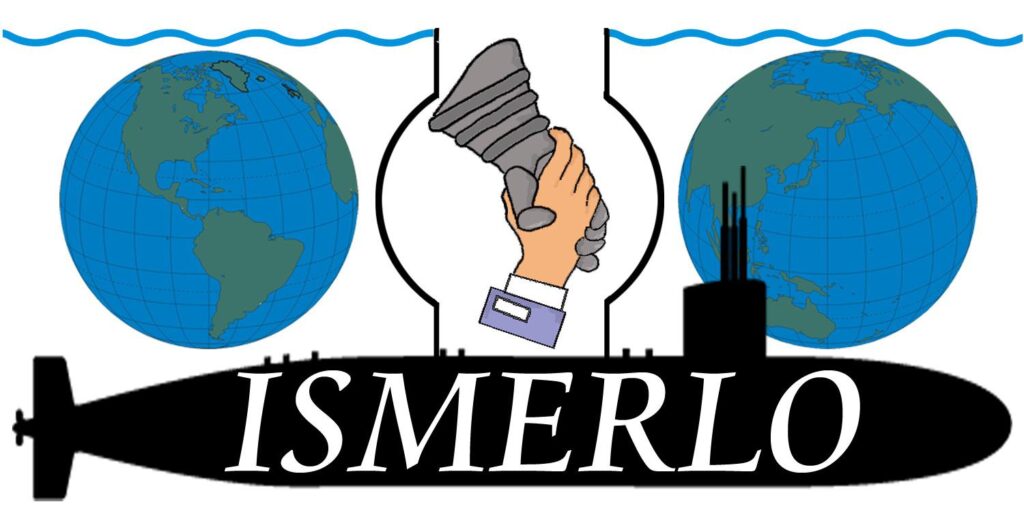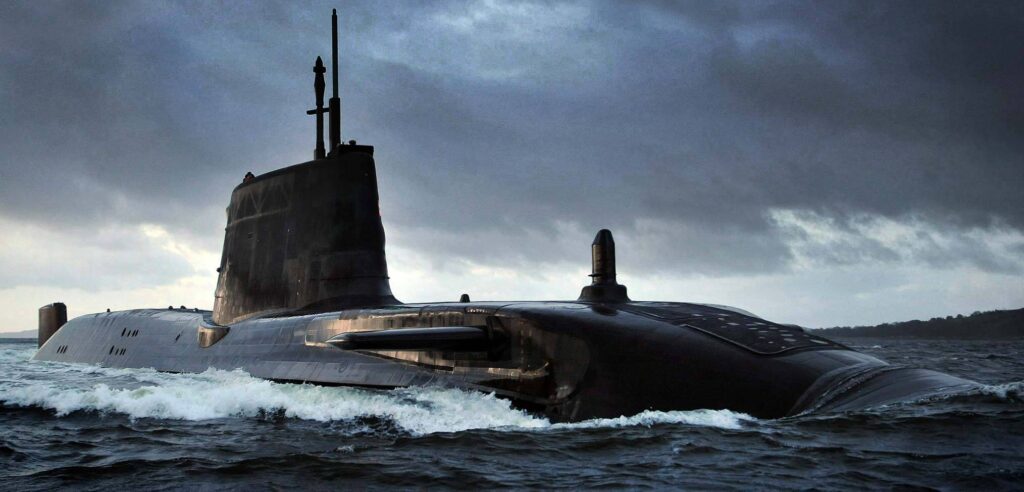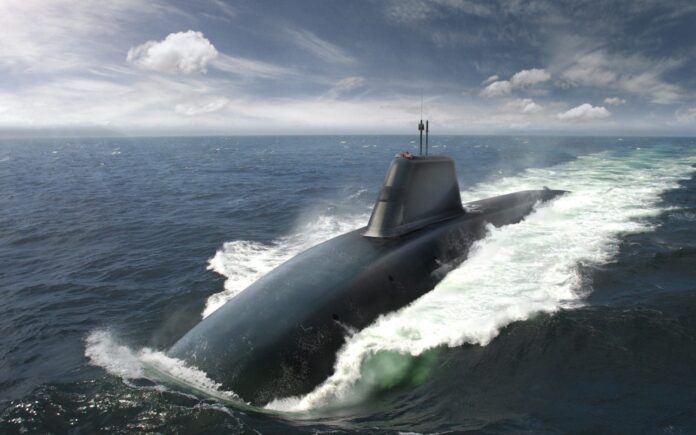The sinking of the Indonesian Submarine KRI Nanggala-402 caused the death of 53 submariners and this incident brought attention to submarine search and rescue operations again. As a leading military alliance in this era, NATO’s role in submarine search and rescue operations and its capabilities is a matter of curiosity.
What is ISMERLO?
NATO established The International Submarine Escape and Rescue Liaison Office (“ISMERLO“) via Submarine Escape and Rescue Working Group (SMERWG) aims to facilitate an international response for a distressed submarine (DISSUB) and to improve the ability to respond to a call for assistance through its coordination role. Although established by NATO, ISMERLO supports all nations and pursues global submarine-operating countries by focusing on the humanitarian objective of saving lives at sea.
The office was established following the Russian Submarine K-141 Kursk disaster that sank in the Atlantic Ocean in 2000. The need for international coordination of submarine rescue following a submarine incident was identified before the Russian Submarine K-141 Kursk disaster. However, the Kursk provided the driving force for ISMERLO’s ultimate establishment.

This office consists of an international team of submarine escape and rescue experts based in Northwood, UK. ISMERLO aims to establish endorsed procedures as the global standard for submarine escape and rescue using consultation and consensus among submarine-operating nations. Advice on training and procurement and an inspection and monitoring service is also a task assumed by this organization. The principal tool the organization provides is its web-based coordination tools. The website located at www.ismerlo.org provides sources of information about Submarine Escape and Rescue (SMER) and facilitate the rapid call out of international rescue systems in the event of a submarine accident.
SMERWG covers technical and procedural issues and aims to share information and define mutually accepted standards for the design and operation of SMER systems. It also provides a forum for problems and exercises to be discussed with experts in the field.
NATO Submarine Rescue System (NSRS)
The NATO Submarine Rescue System (NSRS) is owned and operated by Norway, France and the United Kingdom to develop an international submarine rescue system. The NSRS is at the forefront of submarine rescue technology. It is rapidly mobilized and transported by air or road transport.
The system is based in Faslane, UK. It provides a rescue capability primarily to the partner nations of France, Norway and the United Kingdom, but also to NATO and allied nations and any submarine equipped with a suitable mating surface around its hatches.

NSRS is consists of two sub-systems that can be mobilized independently of each other. Intervention is a smaller sub-system focused around the Intervention Remotely Operated Vehicle (IROV) that can be rapidly mobilized to a distressed submarine (DISSUB) to prepare the site for the Rescue System and to provide life support. The Rescue System is larger and consists of a free-swimming manned submersible, a Portable Launch and Recovery System (PLARS), a Transfer Under Pressure (TUP) decompression system and other associated support equipment.
NSRS is available to be deployed anywhere in the world. It can launch and recover in a significant wave height of up to 5 meters, equal to sea state six. It can reach any distressed submarine (DISSUB) in 72-96 hours from the alert, dependent upon location. As such, all equipment is entirely road and air-transportable to the necessary port, at which point it shall be embarked upon the selected Mothership (MOSHIP) before being deployed. Different aircraft and ships may be available at any particular time and location; thus, the equipment is designed to maximize the use of any potential aircraft and MOSHIPs
On receipt of a ‘SUBSUNK’ alert that a submarine is in difficulties, the submarine operator will initiate the NSRS call-out procedure. The intervention system, which is centred upon an off-the-shelf remotely operated vehicle (ROV), will mobilize to the scene about 24 hours in advance of the whole rescue system. Once on-site, it will locate the distressed Submarine (DISSUB), establish communications, conduct a damage assessment, and prepare the DISSUB for rescue operations.
The Submarine Rescue Vehicle (SRV), along with a portable launch and recovery system (PLARS), support and operating equipment and the hyperbaric treatment complex (known as the Transfer Under Pressure (TUP) equipment) will arrive approximately 24 hours later. All equipment and personnel will be flown to the mobilization port for embarkation on a suitable mother ship. The embarkation will take less than 18 hours, and the mother ship will then sail to the scene where the SRV will be launched. The aim is to achieve a time-to-first rescue of 72 hours, with personnel being brought to the surface in groups of 12 and transferring them to the NSRS hyperbaric treatment facility if necessary.

What did ISMERLO do for Indonesian Submarine KRI Nanggala-402?
On 20 April 2021, an alert was raised with ISMERLO) by the Indonesian Navy (Indonesian Submarine KRI Nanggala-402. Since then, the ISMERLO manned on 24 hours basis and had been actively engaged in providing professional coordination support from the international submarine community to the Indonesian Navy. The ISMERLO Operations Room remained manned until the event concludes. Expertise from the ISMERLO team was ready to deploy to offer assistance to the Indonesian Navy with international coordination of rescue and search assets to ensure the fastest possible resolution of the event by using the recently upgraded ISMERLO website.

ISMERLO is the leading organization under the NATO umbrella
ISMERLO is the leading platform to coordinate all efforts for submarine search and rescue operations. Forty-one countries operating submarines including Indonesia are the member of the office. The only two nations that have subs and are not members of ISMERLO are Iran and North Korea. The rest of the world is fully involved with ISMERLO. Each nation has its points of contact, and they are always accessible. ISMERLO is a worldwide network to save lives at sea. It trains and operates to a common standard, as outlined in A/MTP-57, the Submarine Search and Rescue Manual or Global SUBSAR Manual.



